The ship that disappeared in 1913 suddenly appeared, revealing the "mysterious" truth deep under Lake Huron
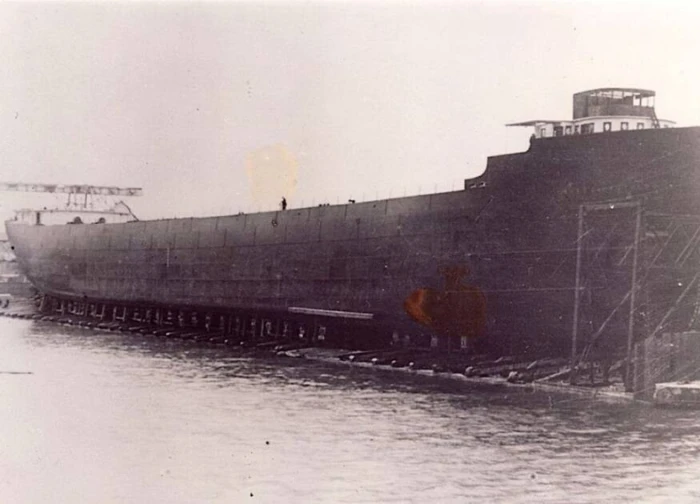
4 | 0 Discuss | Share
What about emperor Nintoku that posterity knows today is Kofun and this emperor's tomb is the largest ancient tomb on the planet,
Kofun - tomb mound of emperors and nobles
Emperor Nintoku, the 16th emperor of Japan, was an outstanding talent, ruling the kingdom for 86 years until his death in 142.
What about emperor Nintoku that posterity knows today is Kofun and this emperor's tomb is the largest ancient tomb on the planet, known as Daisenryo Kofun, it is a giant mound of earth. keyhole shape and twice as long as the Great Pyramid of Giza in Egypt. While the 3 floors of the ancient tomb are only about the same height as Giza, the volume is respectable.
Nintoku-ryo Tomb is one of 50 mounds collectively known as the " Mozu Kofungun " complex that surrounds Sakai city, and it is also the largest burial complex in the world.
Tourists, archaeologists and even the Japanese Imperial Family are now only allowed to go to the bridge at the second moat and stop there. No one has been allowed to cross the last moat since a tornado ravaged the lower part of the grave in 1872.
When restoring the monument, many valuable artifacts were found, but then the government did not allow any further activities, so the mystery of the person lying in the grave will forever be undiscovered. . The main part of the mausoleum located just above the keyhole has been a place completely untouched for thousands of years, and if nothing happens, it will stay that way for many more years.
The Office of the Imperial Household Administration (Kunaicho, IHA) is the body in charge of taking care of the mausoleums and sacred religious sites that have followed the "blockade" rule from outsiders. Recently, the IHA hired archaeologists to excavate certain tombs and help maintain the mausoleum. In order to protect Kofun, IHA has allowed to plant trees on the tomb, into a vast green forest.
Kofun is the eternal resting place of emperors, empresses and elite members of aristocracy in Japanese feudal society. The largest of them is located near the outskirts of the ancient city of Sakai in Osaka Prefecture, southwest of Tokyo, where the resting place of Emperor Nintoku - the 16th emperor of Japan. Historians say that Emperor Nintoku was the "Mythical Emperor" of the 5th century, also known as the "Great King Yamato".
According to the mythology of the land of the rising sun, Emperor Nintoku was an outstandingly talented engineer-architect who built a series of canals and other public structures to protect his people against invaders. hungry. Nintoku ruled the kingdom for 86 years until his death. There is no exact record of Emperor Nintoku's life or reign, but it is speculated that he ruled Japan from 313 to 399.
Tomb of Emperor Nintoku
This mausoleum is believed to have been built around the 5th century AD, with the participation of 2,000 people working around the clock for 16 consecutive years.
Nintoku Tomb is 486m long and 35m high, twice as long as the bottom edge of the Great Pyramid of Pharaoh Khufu (Cheops) in Giza. This keyhole mound is made up of two architectural parts: A round mound located at the back where the Emperor's sarcophagus and members of the royal family are buried, connected to a rectangular mound. urn (or trapezoid), where rituals take place during the burial process.
Emperor Nintoku's tomb complex is 470,000 square meters wide and surrounded by moats, protecting the mound from any outside aggression. From the entrance, it feels like the mound is a dense forest with countless tall bushes.
Kurahashi, curator of the Sakai City Museum, said that the emperors of the past probably had no intention of turning the tomb into a giant keyhole shape, but over time, the trees have taken on a unique shape. like that. Mr. Kurahashi emphasized:
"As the royal family grew stronger, they decided to intervene in the shape of the keyhole mound as a symbol of power and sovereignty. The larger the mound, the greater the influence of leadership and authority. supreme".
The mound of Emperor Nintoku is the largest in the world, to the south is the smaller mound of his son, Emperor Richu, and not far between these two mounds, to the east, is the second largest. two are used for the eternal resting place of Empress Jin. Around the huge mound of Emperor Nintoku, there are also 16 smaller satellite tombs where other members of the imperial family are buried.
To this day, no one dares violate the mounds, not only because the burial complex is a private estate (managed by the Royal Office of Internal Affairs) but also because they are highly regarded as religious holy sites, with a strong belief that the mounds are the hiding places of the souls of members of the royal family. Locals can stop right in front of the gate leading to the tomb mound to chant prayers for Emperor Nintoku.
Because of "inviolability", the ancient tomb complex still contains many secrets. Even historians, scientists and archaeologists are still not allowed to step foot in the main tomb mound, no one knows exactly who lies beneath the dense jungle, as well as the grave mounds. terraced fields.
World Heritage
Hisanori Kato, senior adviser for international relations at Sakai City's Department of Tourism and Culture, said that since the super typhoon in 1872 during the Meiji era, it's been the first time that humans have existed. Officially set foot on the grounds of Nintoku's grave mound, as well as local officials, have the opportunity to view and assess the extent of damage caused by storms at the grave site.
And also thanks to the super typhoon, the people of Sakai had the opportunity to glimpse the rich history hidden inside the Nintoku mound. According to Mr. Kurahashi, local officials surveyed the outer perimeter of the mound after a storm in 1872 and have admired a treasure trove of priceless artifacts including spears, ancient bows, hats, cups/plates. made of glass, many clay pots and earthenware were created in the shape of a dog or a horse called Haniwa.
Mr. Kurahashi acknowledged that the items in the grave could be "gifts" or property of the deceased.
Even Emperor Nintoku's sarcophagus itself is a masterpiece of art, shaped like a traditional Japanese kimono, with pipes sticking out from one side of the coffin while one corner is painted. The red color represents the sun.
Clay pots and figures and coffins are on display at the Sakai City Museum, as well as miniature versions of famous ancient tombs, and countless other man-made artifacts from all over Japan. Japan and neighboring Asian countries when Sakai was once a prosperous trading community in East Asia.
Today, the complex of ancient tomb mounds in Sakai city is still intact and well preserved, still standing proudly and in harmony with the modern architecture of the city. Emperor Nintoku's tomb mound complex, recognized by UNESCO as a World Cultural Heritage, is an interesting and attractive tourist attraction for tourists from all over the world when coming to the land of cherry blossoms.

4 | 0 Discuss | Share
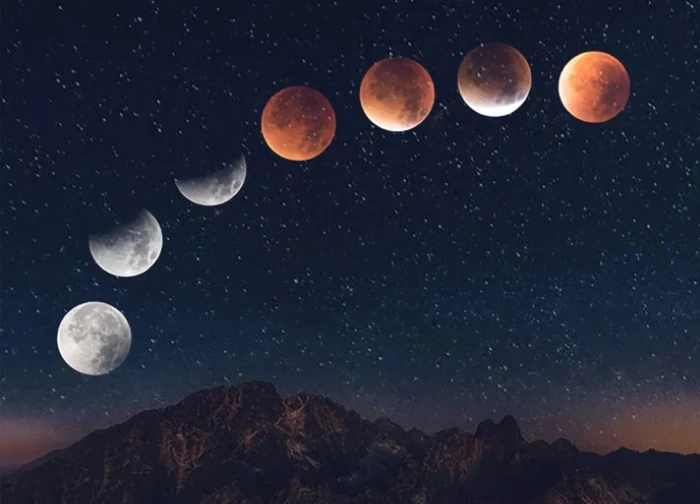
4 | 0 Discuss | Share
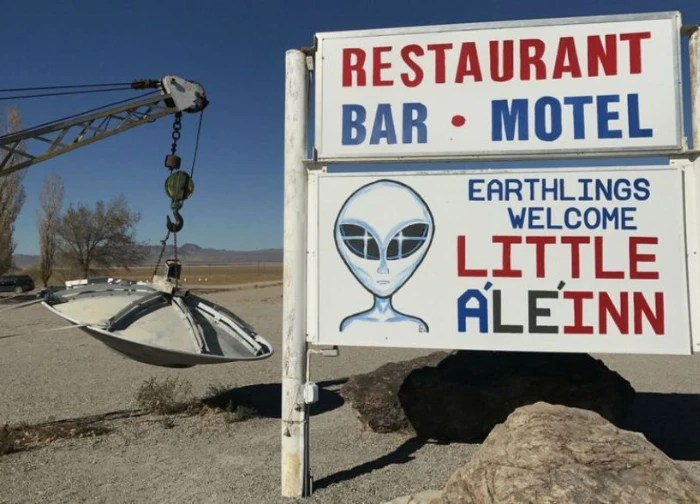
3 | 0 Discuss | Share

0 | 0 Discuss | Share

0 | 0 Discuss | Share
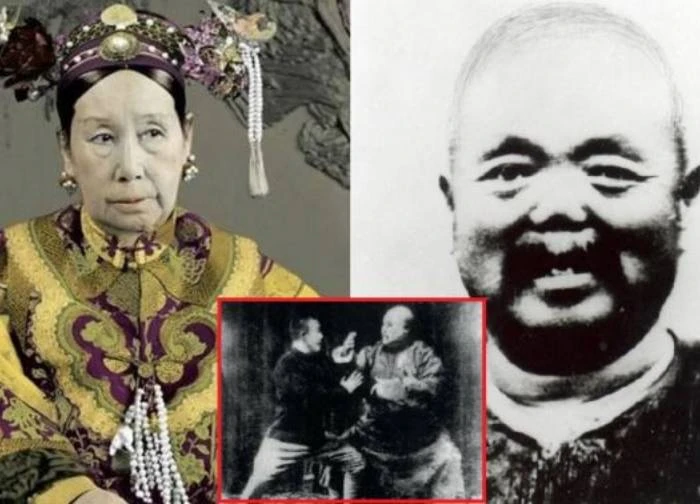
1 | 0 Discuss | Share
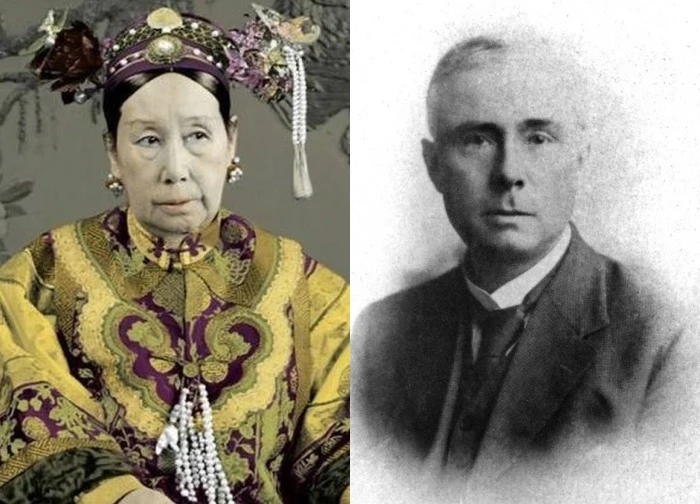
4 | 0 Discuss | Share
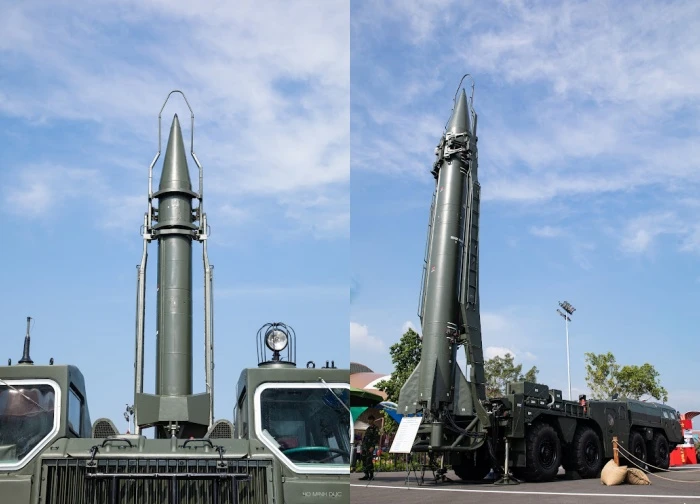
4 | 0 Discuss | Share
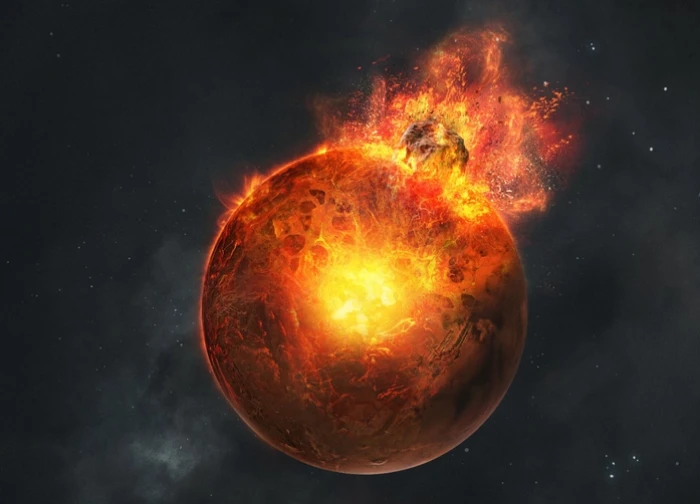
2 | 0 Discuss | Share

2 | 0 Discuss | Share

4 | 0 Discuss | Share

2 | 0 Discuss | Share

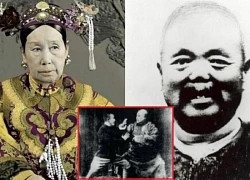


2 | 0 Discuss | Report